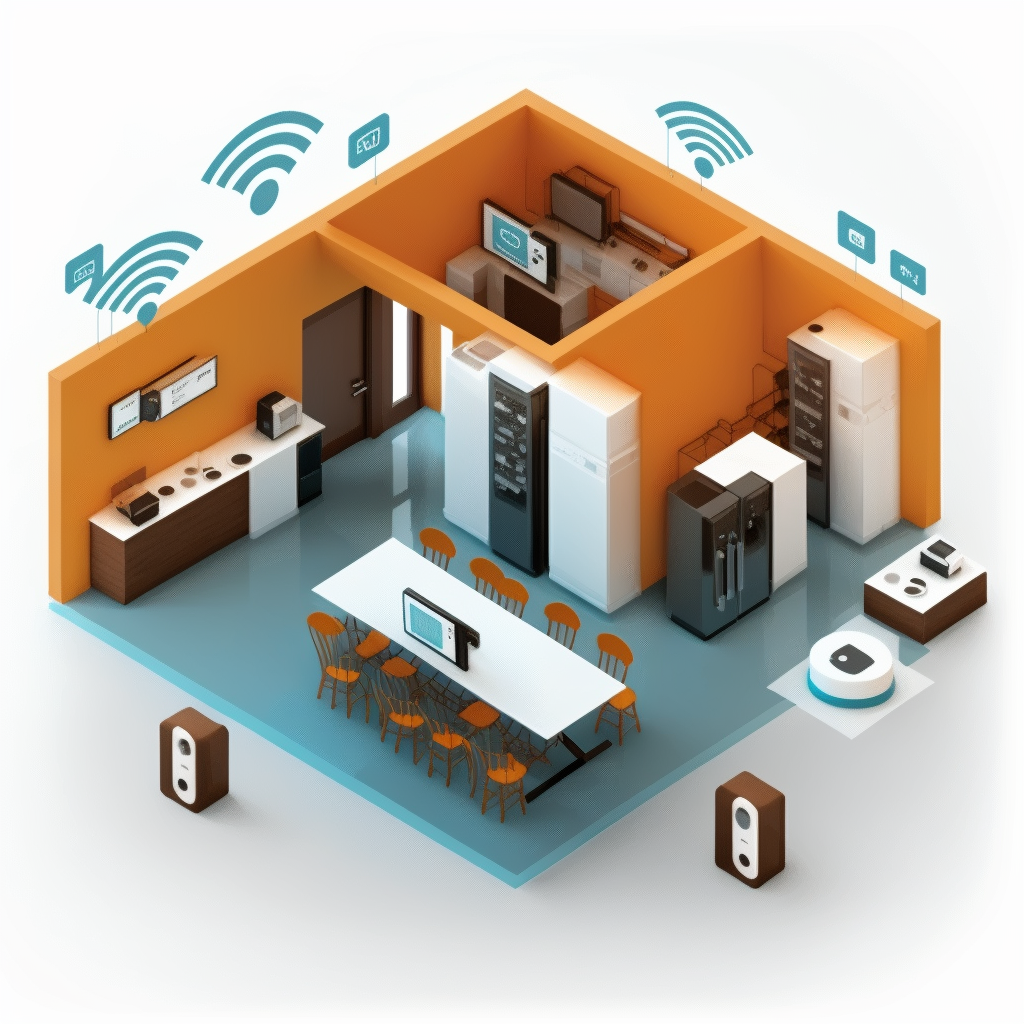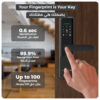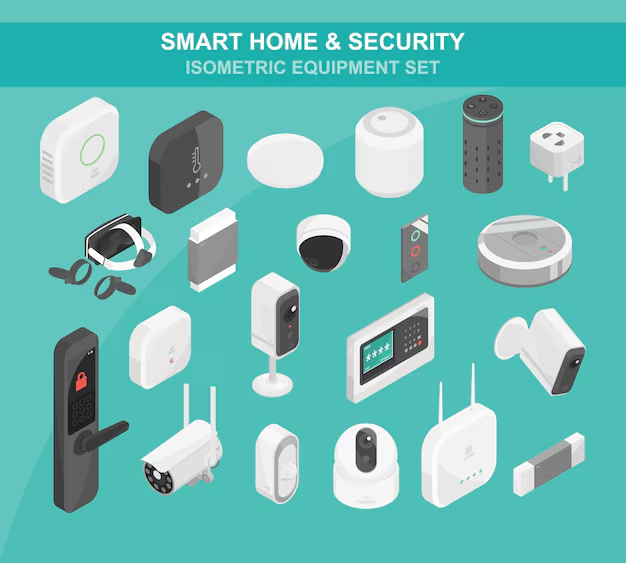Smart wall light switches
Are a convenient and energy-efficient way to control the lighting in your home. These switches can be controlled remotely through a smartphone app or voice commands, and they can also be integrated with other smart home devices. There are several different communication protocols that can be used for smart wall light switches, including Zigbee, WiFi, Matter, and Z-Wave. In this article, we’ll take a look at the pros and cons of each type and provide examples of each.
Zigbee
Zigbee is a low-power, low-data-rate protocol that is designed for use in devices that require long battery life and low power consumption. This makes it an ideal choice for smart wall light switches, as they typically don’t require a constant internet connection. Zigbee is also a mesh network protocol, which means that each device can act as a repeater, extending the range of the network.
One of the main advantages of Zigbee is that it is an open standard, which means that there are many different manufacturers that produce Zigbee-compatible devices. This makes it easy to find compatible devices and also makes it easy to integrate with other smart home devices.
However, one of the main downsides of Zigbee is that it has a limited range, typically around 30-100 feet. This means that it may not be the best choice for large homes or homes with thick walls.
Examples of Zigbee smart wall light switch include Philips Hue, SmartThings and Ikea Trådfri.
WiFi
WiFi is a high-power, high-data-rate protocol that is designed for use in devices that require high-speed internet connectivity and can tolerate higher power consumption. This makes it a good choice for smart wall light switches that need a constant internet connection and have more complex communication requirements.
One of the main advantages of WiFi is that it has a wide range and can easily cover most homes. This makes it a good choice for large homes or homes with thick walls.
However, one of the main downsides of WiFi is that it requires a constant internet connection. This means that if your internet goes down, your smart wall light switch will not be able to function. Additionally, WiFi devices typically consume more power than Zigbee devices, which can reduce the battery life.
Examples of WiFi smart wall light switch include the Belkin WeMo Insight, the Lutron Caseta Wireless and the Wemo Mini Smart Plug.
Matter
Matter is a new protocol that was developed by a group of companies, including Amazon, Google, and Samsung, to standardize the way that smart home devices communicate. It is based on the Zigbee protocol and uses a mesh network to extend the range of the network.
One of the main advantages of Matter is that it is an open standard, which means that there are many different manufacturers that produce Matter-compatible devices. This makes it easy to find compatible devices and also makes it easy to integrate with other smart home devices.
However, one of the main downsides of Matter is that it is a new protocol and there are currently not many devices that support it. This means that it may not be the best choice for those who want to build a large smart home ecosystem.
Examples of Matter smart wall light switch include the Amazon Echo Dot, the Google Nest Mini and the Samsung SmartThings Wifi.
Z-Wave
Z-Wave is a wireless communication protocol that is designed for use in home automation and the Internet of Things (IoT) devices. It uses a mesh network, where each device acts as a repeater, which can extend the range of the network
This makes it a good choice for smart wall light switches that need a reliable, low-latency connection within a limited range.
One of the main advantages of Z-Wave is that it has built-in AES 128-bit encryption for secure communication, which makes it a more secure option than Zigbee. Additionally, Z-Wave devices consume less power than Zigbee or WiFi devices, making them more suitable for battery-powered devices.
However, one of the main downsides of Z-Wave is that it has a shorter range than Zigbee or WiFi, typically around 30-100 feet. This means that it may not be the best choice for large homes or homes with thick walls.
Examples of Z-Wave smart wall light switch include the GE Enbrighten Z-Wave Plus Smart Light Switch, the Leviton DW15S-1BZ Decora Smart Switch and the Aeotec by Aeon Labs Smart Switch 6.
In conclusion,
The choice of communication protocol for your smart wall light switch will depend on your specific needs and preferences. Zigbee is a good choice for those who want a low-power, low-data-rate protocol, while WiFi is a good choice for those who need a high-speed internet connection while keeping the overall cost as low as possible. Matter is a new protocol that has the potential to become a standard for smart home devices, but currently has a limited number of devices that support it. Z-Wave is a good choice for those who want a secure, low-latency, and low-power option. Before you buy a smart wall light switch, make sure to check that it is compatible with the communication protocol you prefer.







